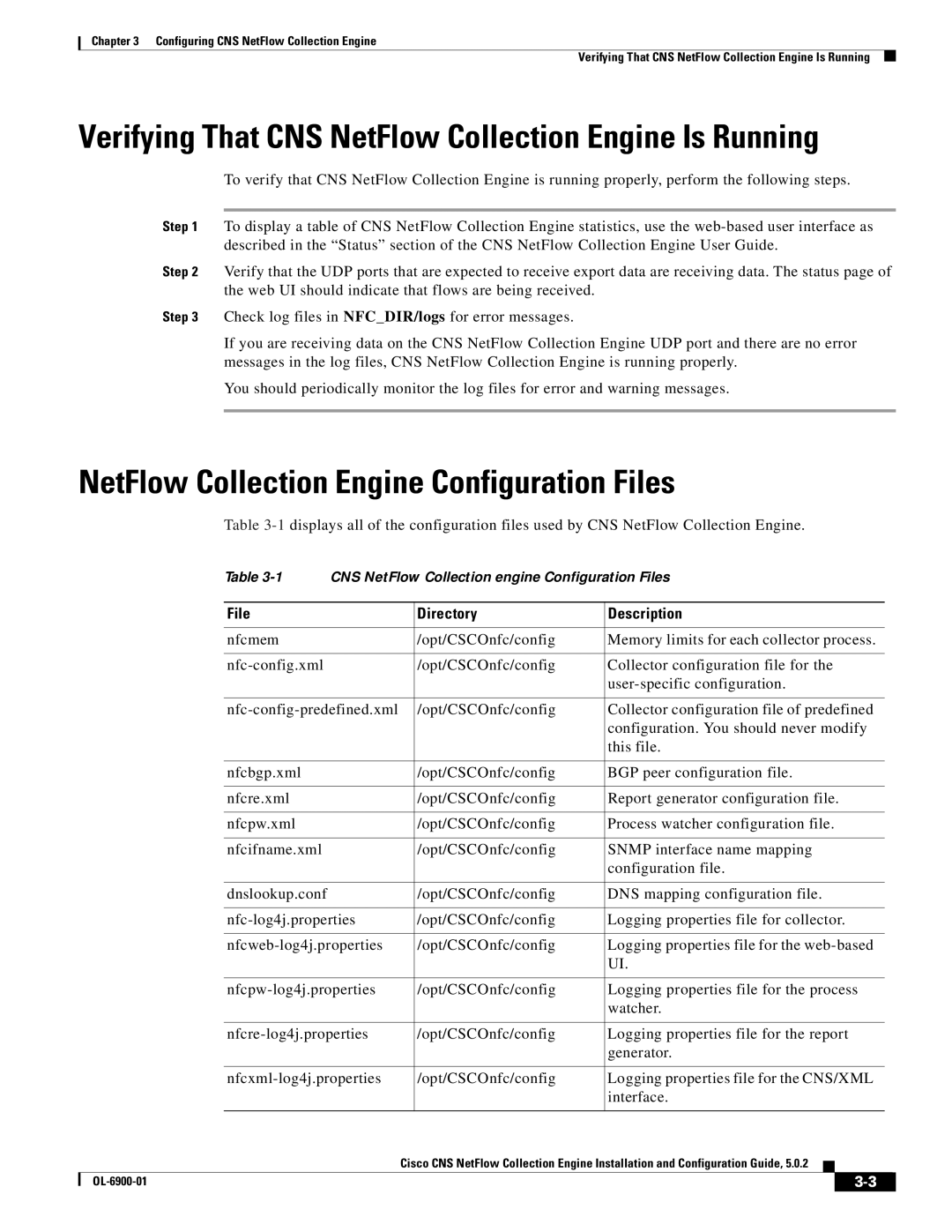OL-6900-01 specifications
Cisco Systems OL-6900-01 represents a pivotal advancement in the realm of data center networking. As organizations continue to lean towards digital transformation and cloud-based solutions, the need for robust, scalable, and efficient networking equipment becomes increasingly vital. The OL-6900-01 router is engineered to meet these demands, offering an array of advanced features and technologies that cater to modern network requirements.One of the standout features of the OL-6900-01 is its high-performance architecture. This router is equipped with a powerful CPU and a sizeable memory footprint, ensuring that it can handle significant amounts of traffic with low latency. This capability is particularly useful for data centers and enterprise environments where the speed of data processing is crucial for operational success.
The OL-6900-01 utilizes Cisco's proprietary software, providing enhanced security features, including robust firewall capabilities and threat detection mechanisms. With security being a paramount concern for organizations today, this router incorporates advanced encryption protocols and access control measures, ensuring that data remains secure in transit and at rest.
Additionally, the OL-6900-01 supports advanced routing protocols, including OSPF, BGP, and EIGRP. This versatility allows for optimal network performance as it can dynamically adjust routing paths based on network conditions, ensuring reliable connectivity and efficient resource utilization. The support for IPv6 also ensures that organizations can future-proof their networks as they transition to this next-generation protocol.
Another important characteristic of the OL-6900-01 is its scalability. Designed to accommodate growing network demands, this router supports modular expansion. Organizations can easily upgrade their systems with additional interfaces and services, ensuring that the OL-6900-01 can grow alongside their needs without requiring a complete infrastructure overhaul.
In terms of connectivity, the OL-6900-01 features multiple interfaces, including Gigabit Ethernet and 10 Gigabit SFP+ ports, providing flexibility in network design and facilitating seamless integration into existing infrastructure. Its high availability features ensure minimal downtime, making it ideal for mission-critical applications.
Overall, Cisco Systems OL-6900-01 stands out as a robust and versatile networking solution, combining performance, security, and scalability to meet the dynamic needs of modern enterprises. With its comprehensive feature set and advanced technologies, it positions itself as a valuable asset for organizations aiming for operational excellence in a digitally-driven landscape.

